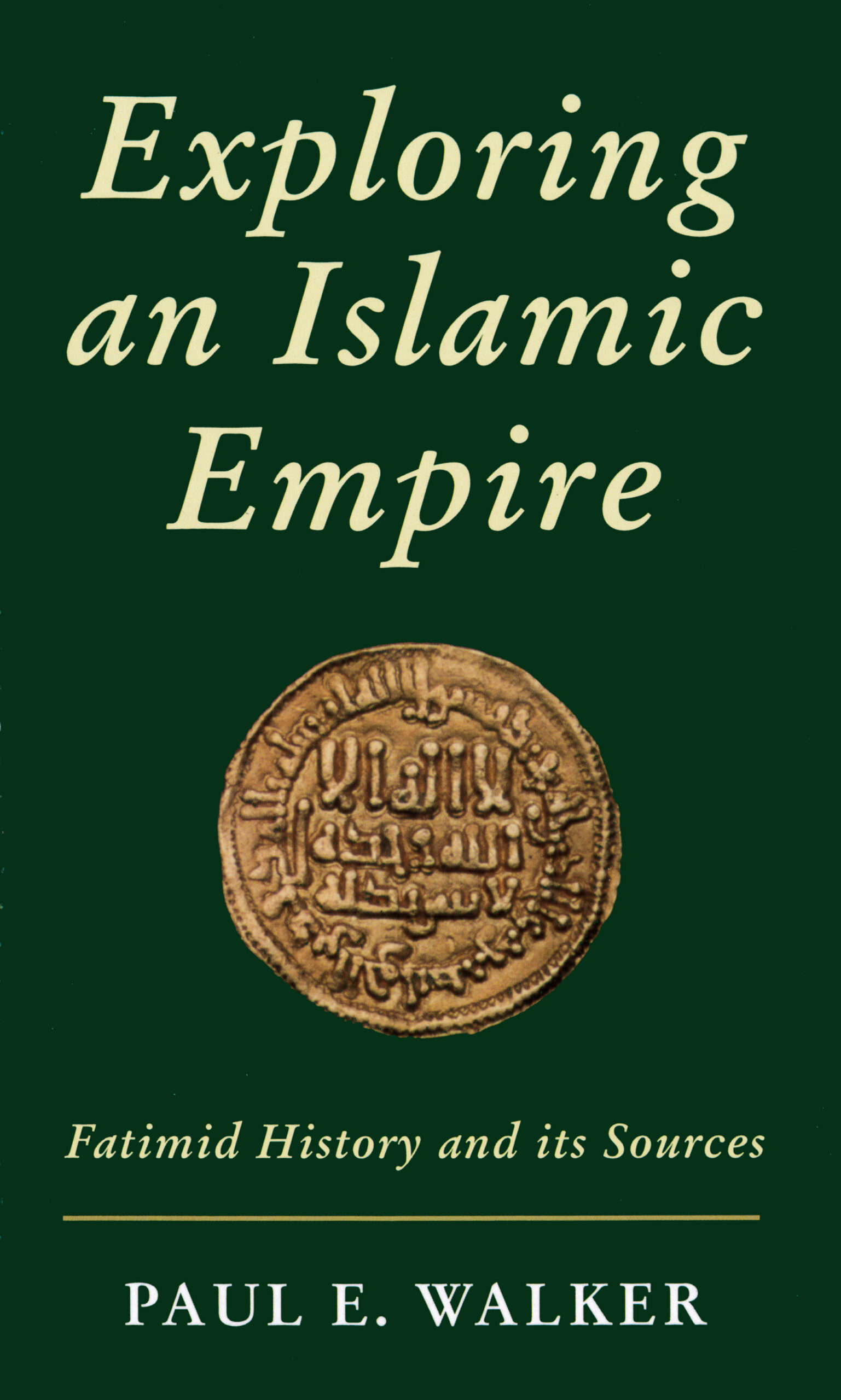A comprehensive survey of Fatimid history and its sources, this book combines an introduction to the subject as a whole with a broad overview of Fatimid history from the time Abū ʿAbdallāh al-Shīʿī began his mission in North Africa, leading to the foundation of the Fatimid state in 909, until the fall of the last caliphIn Arabic khalīfa, the head of the Muslim community. See caliphate. in 1171. Its major emphasis, however, is a systematic presentation of different categories of sources relevant to the study of Fatimid history.
Exploring an Islamic Empire surveys the shape and content of Fatimid history, covering the three main phases of the dynasty. These are, first, the period from 909 to 973 when the FatimidsMajor Muslim dynasty of Ismaili caliphs in North Africa (from 909) and later in Egypt (973–1171) More established themselves in North Africa and the Maghrib; second from 973 to 1074, a centre of empire; and finally, from 1074 to 1171, a century of military wazirs.
The book further examples various kinds of sources that provide information for historical reconstruction and analysis. They are, first, coins and other artefacts – ṭirāz, building dedications, art objects and archaeological finds – that supply direct evidence of historical events; second, documents and letters, both originals and copies; third, eyewitness and contemporary accounts; fourth, histories, topographies and biographical dictionaries; fifth, scientific and literary writings; and last, the work of the modern scholars who have contributed most to this subject. It also offers an extensive bibliography of both medieval sources and modern studies, of the whole range of what has been written to date about the Fatimids.
This comprehensive work is a valuable addition to the historiography of the Fatimids and the Muslim world and will prove essential reading to scholars of Islamic history.
List of Illustrations
Acknowledgements
List of Abbreviations
Introduction
Part I: The Shape and Content of Fatimid History
1. The Maghrib
2. A Century of Empire
3. A Century of Military Wazirs
Part II: Sources and Studies
4. Coins, Building Inscriptions, ṭirāz, Art and Archaeology
5. Letters and Documents
6. Memoirs, Eyewitnesses and Contemporaries
7. Histories, Topographies and Biographical Dictionaries
8. Literature and the Sciences
9. Modern Studies
Notes
Bibliography I: Medieval Sources
Bibliography II: Modern Studies
Index
“… a fine introduction to Fatimid history…for anyone seeking to understand this powerful and fascinating empire.”
– Hugh Kennedy, History
“…the careful review of the works under consideration is a valuable guide to the whole.”
– Michael Brett, Times Literary Supplement (UK)
Paul E. Walker is an historian of ideas with special interests in Fatimid history and Islamic thought. He is currently a Visiting Scholar at the Centre for Middle Eastern Studies, University of Chicago. His previous books include Early Philosophical Shiʿism (Cambridge University Press, 1993), Abu Yaʿqūb al-Sijistānī: Intellectual Missionary (I. B. Tauris in association with The Institute of Ismaili Studies, 1996), Ḥamīd al-Dīn al-Kirmānī: Ismaili Thought in the Age of al-Ḥākim (I. B. Tauris in association with The Institute of Ismaili Studies, 1999), with Wilferd Madelung, The Advent of the Fatimids: A Contemporary Shiʿi Witness (I. B. Tauris in association with The Institute of Ismaili Studies, 2000).

